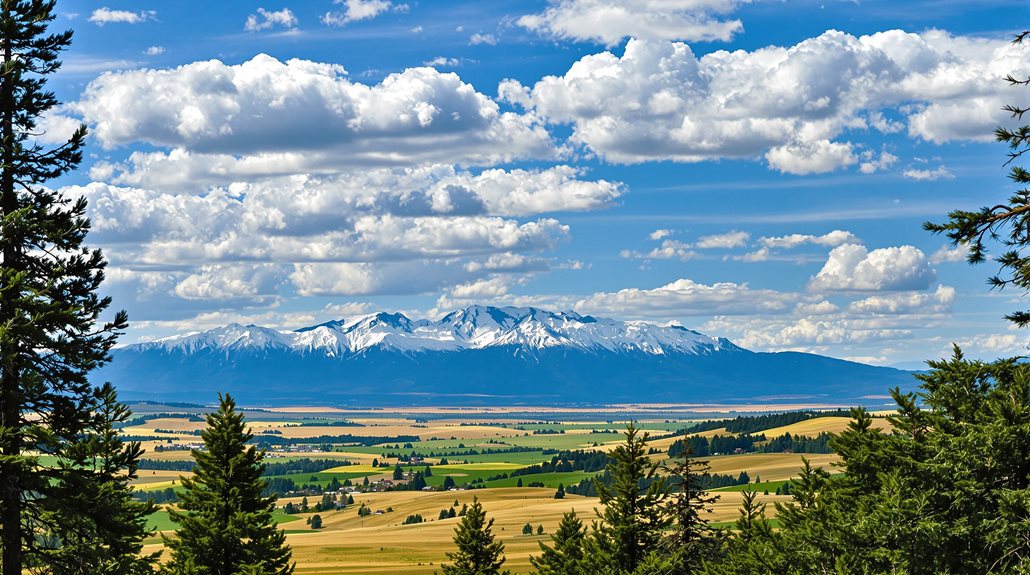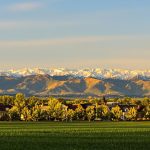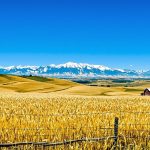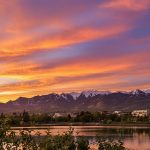Sedalia, Colorado, is an unincorporated town and census-designated place located in northwestern Douglas County, approximately 8 miles northwest of Castle Rock and 24 miles south of downtown Denver. It offers a blend of rural charm and proximity to urban amenities. The town has a population of about 177 residents, as per the 2020 census, and features a quaint historical downtown. Its geography is characterized by its location in the Plum Creek valley. For more insights into Sedalia's historical background and points of interest, its rich history and scenic surroundings offer further exploration possibilities.
Expert Highlights
- Sedalia is an unincorporated town in northwestern Douglas County, Colorado, along U.S. Route 85.
- Located 8 miles northwest of Castle Rock and 24 miles south of Denver.
- The town has a population of 177 as of 2020.
- Named after Sedalia, Missouri, with the post office established in 1872.
- Part of the Denver-Aurora-Lakewood Metropolitan area.
Geography and Location
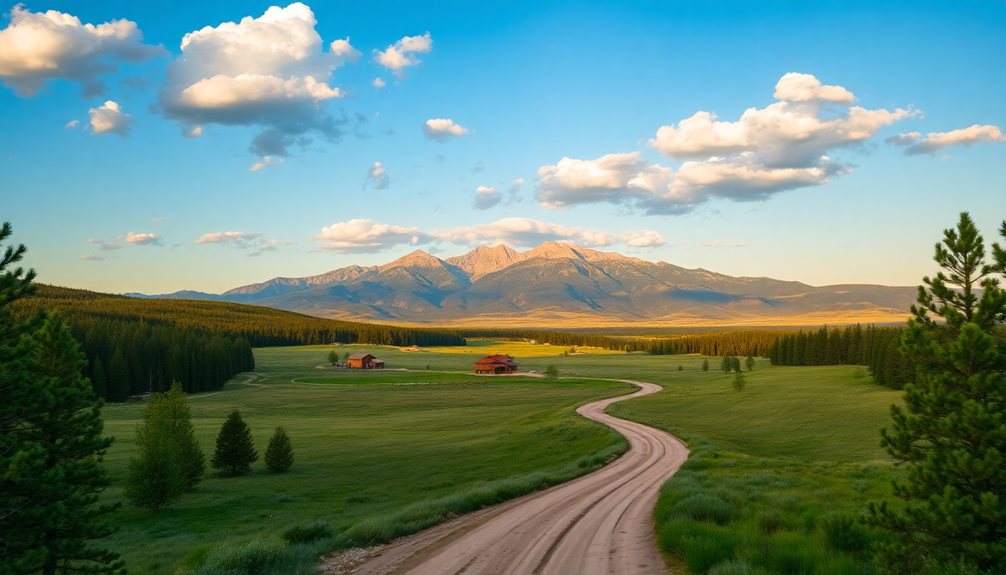
Sedalia, Colorado, is an unincorporated town located in the northwestern part of Douglas County, lying along U.S. Route 85.
It is situated approximately 8 miles northwest of Castle Rock and 24 miles south of downtown Denver. The town resides in the valley of Plum Creek, a tributary of the South Platte River.
With a total area of about 1.4 square miles, Sedalia is part of the Denver-Aurora-Lakewood Metropolitan Statistical Area. The area's elevation varies, with nearby buttes showcasing geological diversity.
The community is characterized by its quaint, rural qualities amidst suburban development. The town's peaceful atmosphere resembles that of nearby Johnstown, Colorado, known for its small-town charm.
Historical Background
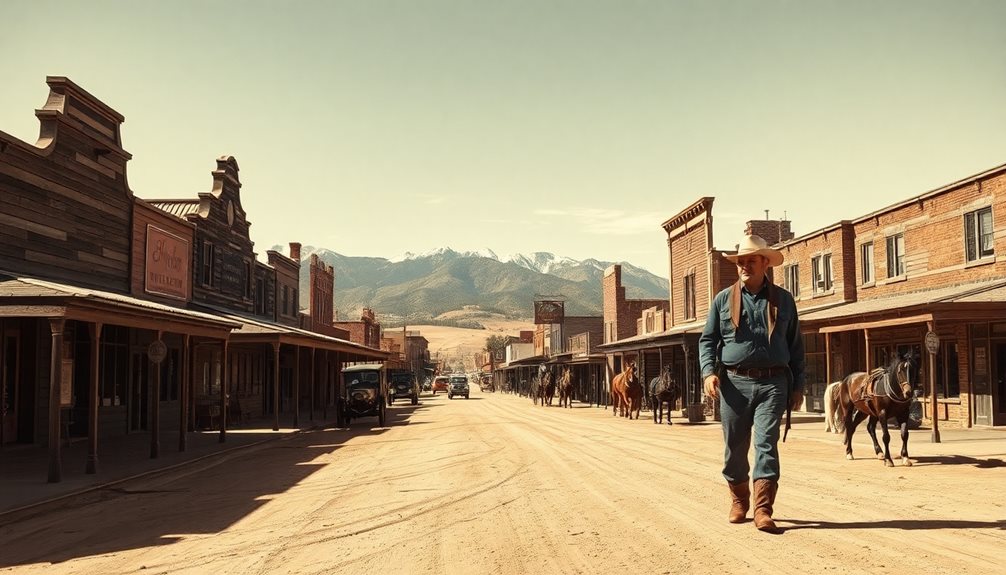
The historical landscape of Sedalia, Colorado, is deeply rooted in its early settlement and development, which were influenced by the presence of Native American tribes and the eventual establishment of a lumber mill by D.C. Oakes in 1859.
This laid the groundwork for future growth, as homesteaders began to settle and establish farms and ranches after the Civil War.
The town's name, Sedalia, was officially adopted in 1882, honoring the Missouri town from which some early settlers came.
Sedalia's name was adopted in 1882 in tribute to the Missouri town of origin for early settlers.
Sedalia became a key stopover for travelers between Denver and Colorado Springs.
Many travelers exploring the region would often venture to nearby Morrison, Colorado for its distinctive red rock formations.
Points of Interest
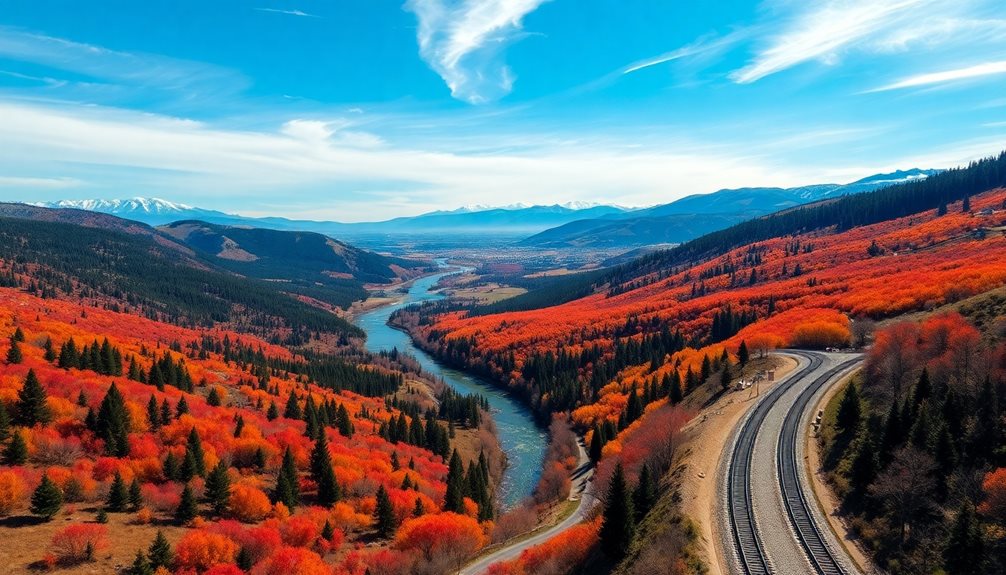
As travelers venture through the picturesque landscapes of Colorado, several attractions in the vicinity of Sedalia stand out for their unique blend of history, natural beauty, and recreational activities. Notable sites include Cherokee Ranch & Castle and Devil's Head Fire Lookout.
| Attraction | Description |
|---|---|
| Cherokee Ranch & Castle | Scottish-style castle with European art. |
| Devil's Head Fire Lookout | Scenic hiking trail with panoramic views. |
| Roxborough State Park | Known for rock formations and varied trails. |
| Daniels Park | Historic site with expansive views and bison viewing. |
| Sanctuary Center | Offers serene meditative spaces and trails. |
Community and Demographics**
Community dynamics in Sedalia are characterized by a small, aging population with distinct demographic features. The population of 38 residents, with a median age of 51.6, exhibits a primarily White, non-Hispanic racial makeup.
Key demographic aspects include:
- Ethnic Composition: Entirely White non-Hispanic.
- Income Levels: Median household income is approximately $105,938.
- Citizenship and Language: All residents are U.S. citizens, speaking English as their primary language.
Expert Final Thoughts
Sedalia, Colorado, nestled in Douglas County, boasts a rich history and picturesque landscape. Its location along U.S. Route 85 offers easy access to both Denver and Castle Rock. Historically named after Sedalia, Missouri, the town has evolved while maintaining its quaint charm. Points of interest include Cherokee Ranch and nearby outdoor activities in the Pike National Forest. The community, though small, offers a tranquil lifestyle amidst natural beauty and historical significance.

